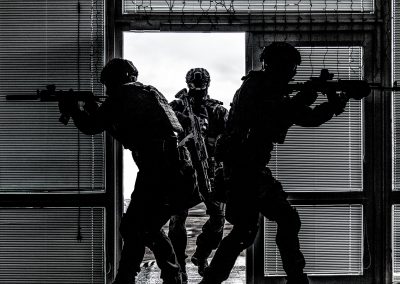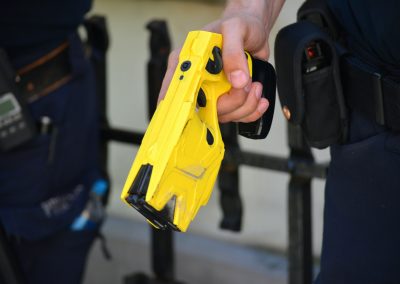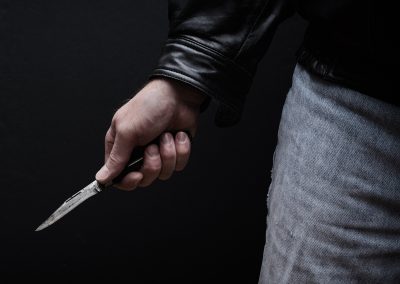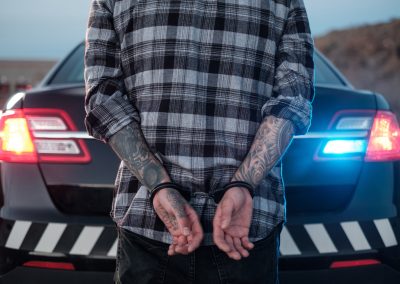After our article, Active Shooter: Coming to a Theater Near You? Advice From the Front Line, we received the following response from recently retired Director of Public Safety, Richard Fairburn in Canton, IL. Richard’s insights come backed with 40 years of expansive law enforcement experience. That said, we felt it was important to share his thoughts with all of you.
He writes:
When the mass shooting at the Century 16 theater in Aurora occurred, I was traveling/training a lot with BowMac Educational Services. A fellow instructor was Gerry Hammernick, a retired Fire Chief from Oak Creek, WI. This suburb of Milwaukee is the site of their international airport and has a long history of critical incidents. They have handled two active shooter events, one several years ago in a hotel near the airport and somewhat later the much more widely known Sikh Temple Shooting.
After the Aurora shooting, Gerry received some feedback from fire resources who responded to the theatre and I had some intel from officers who were there as well. They all described the treatment of casualties at the scene as a total mess. The fire commanders refused to allow the medics to go into the “hot zone” to treat casualties, following their 20+ year history of not going into a police-dangerous scene until the scene is “declared safe,” which often takes 8-12 hours after a complete search has been accomplished by SWAT.
Gerry and I compiled our intel and co-wrote an article that argued for a change in the FD policy of not sending medics into a hot zone until it was declared safe.
Our proposal was to train a Task Force (in FD terminology any mix of dissimilar specialists is a “task force”) combining well-armed cops who would use the Rapid Deployment technique of a Contact Team to escort a team of specially equipped medics (helmets/hard body armor) into the hot zone to drastically decrease the amount of time casualties get potentially getting lifesaving treatment. At Aurora, several of the most seriously wounded casualties were thrown into the trunks of squad cars and driven out medics waiting in the Cold Zone.
When our article was published, MANY Paramedics/EMTs in the fire service loudly agreed with us. The medics WANTED to get in there and save lives. It was the trepidatious Fire Chiefs who were holding them back. Many of the medics had served as combat medics in Iraq and Afghanistan where they had handled similar casualties in much more dangerous environments.
Turning the Fire Service is normally a lot like turning a battleship. Mighty slow. But within a year a Rescue Task Force (RTF) curriculum had been developed which spread rapidly and widely. Here in Illinois, Jeff Chudwin at Illinois Tactical Officers Association and Ed Mohn at the Northern Illinois Police Alarm System SWAT team got grants and did Train the Trainer sessions. The first wave of training for police and fire went around Illinois in early to mid-2018 I believe.
FEEDBACK TO SHARE? E-mail us at: editor@calibrepress.com










0 Comments